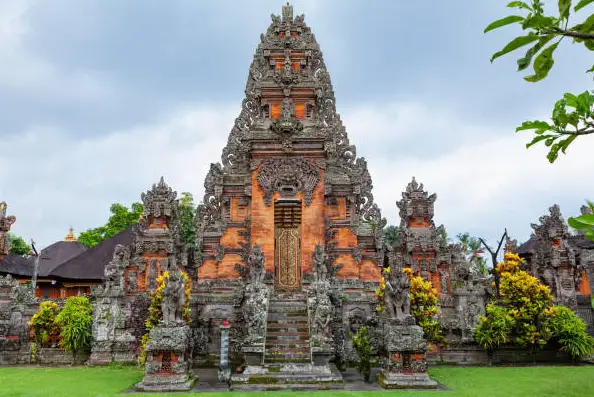Is it appropriate to wear shorts and sleeveless tops in Ethiopia?
Post ByAdequate Travel
Summary
When visiting Ethiopia, it is important to note the general standards of dress for both men and women. While shorts and sleeveless tops may be acceptable in certain contexts, they may not be seen as appropriate attire in many parts of the country. In this blog, we will take a look at the cultural expectations and norms around dressing in Ethiopia. Keep in mind that travel guidelines and travel rules may change anytime, so regularly check for updates to ensure a hassle-free and memorable travel experience.
It is not considered appropriate to wear shorts and sleeveless tops in Ethiopia, especially in certain settings. The country has a conservative culture, and it is important to dress modestly and respectfully in order to adhere to local customs and norms.Additionally, the weather in Ethiopia can vary depending on the region and altitude. While it may be hot and tempting to wear lightweight clothing, it is still recommended to opt for clothing that covers the shoulders and knees as a sign of respect.1. Dressing modestly: The majority of Ethiopians adhere to conservative dress codes, especially in rural areas and religious sites. It is advisable to wear clothing that covers the shoulders, chest, and knees, both for men and women.Example: Women should opt for loose-fitting shirts or blouses with sleeves that cover the shoulders, and wear skirts or pants that reach below the knee. Men should wear shirts that cover the shoulders and reach the mid-arm, along with pants or longer shorts.2. Religious sites: Ethiopia is a deeply religious country, with various churches and monasteries that welcome visitors. When visiting these sites, it is crucial to dress conservatively as a sign of respect for the religious customs and traditions.Example: Women should consider wearing long skirts or dresses, along with a shawl or scarf to cover their shoulders. Men should wear pants and shirts that cover the shoulders.3. Formal occasions: If attending formal events, such as business meetings or social gatherings, it is recommended to dress more formally and conservatively.Example: Men can wear long-sleeved shirts, trousers, and closed-toe shoes. Women can opt for modest dresses, skirts, or pantsuits, ensuring that their attire is not revealing.In conclusion, it is important to dress modestly and respectfully in Ethiopia by avoiding shorts and sleeveless tops in various settings, such as religious sites, rural areas, and formal occasions. Adapting to local customs and cultural norms shows appreciation and respect for the Ethiopian culture.Before embarking on your journey to ethiopia, make sure to check the latest travel guidelines and entry requirements to ensure a smooth trip
Suggested Questions
- Dallol Hot Springs, Afar Region: Horror Story, History & Paranomial Activities
- Tiya Archaeological Site, Tiya: Horror Story, History & Paranomial Activities
- Tulla Traditional Houses, Lalibela: Horror Story, History & Paranomial Activities
- Archeological Museum, Addis Ababa: Horror Story, History & Paranomial Activities
- Ethiopia National Museum, Addis Ababa: Horror Story, History & Paranomial Activities
- Ras Dashen, Tigray: Horror Story, History & Paranomial Activities







